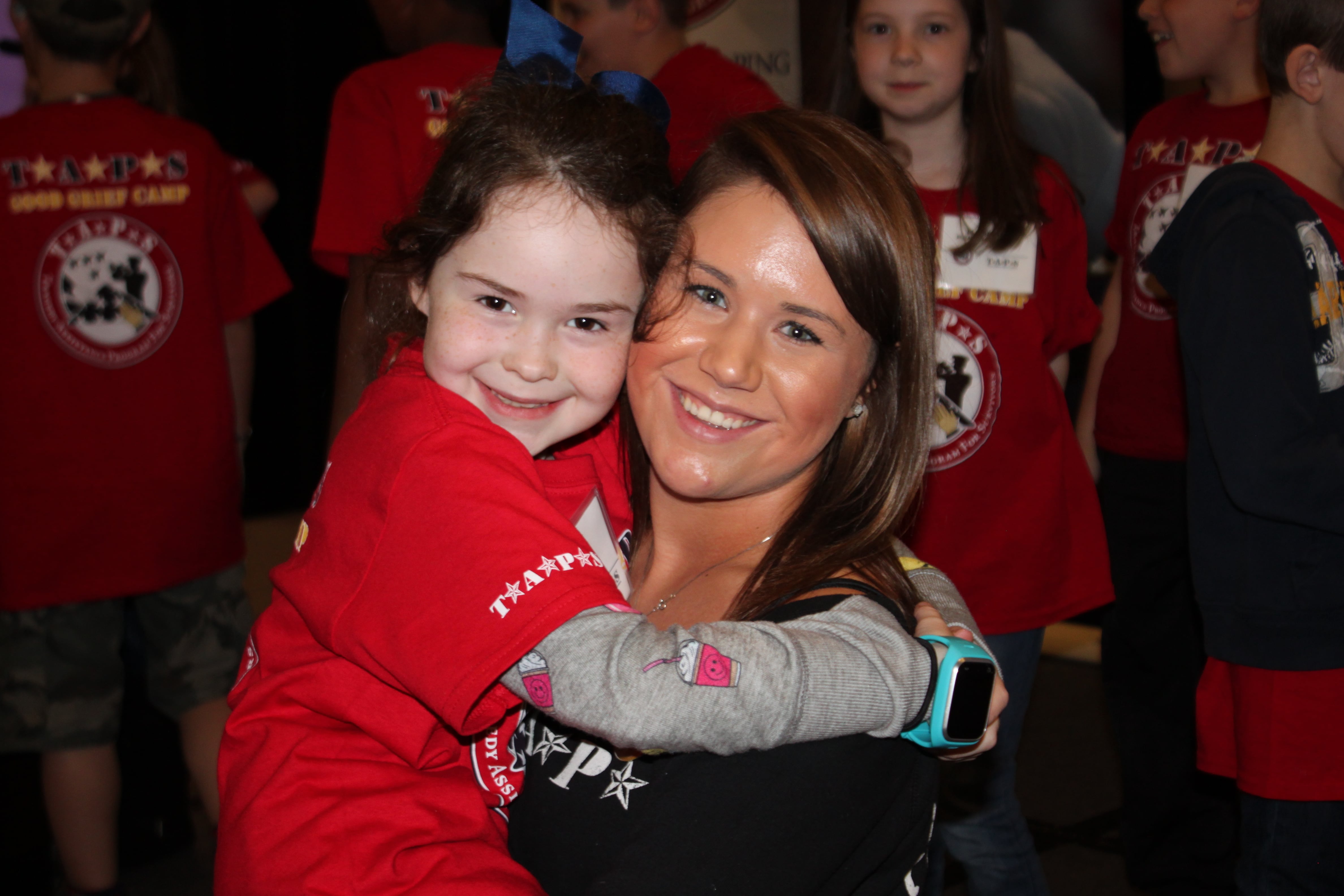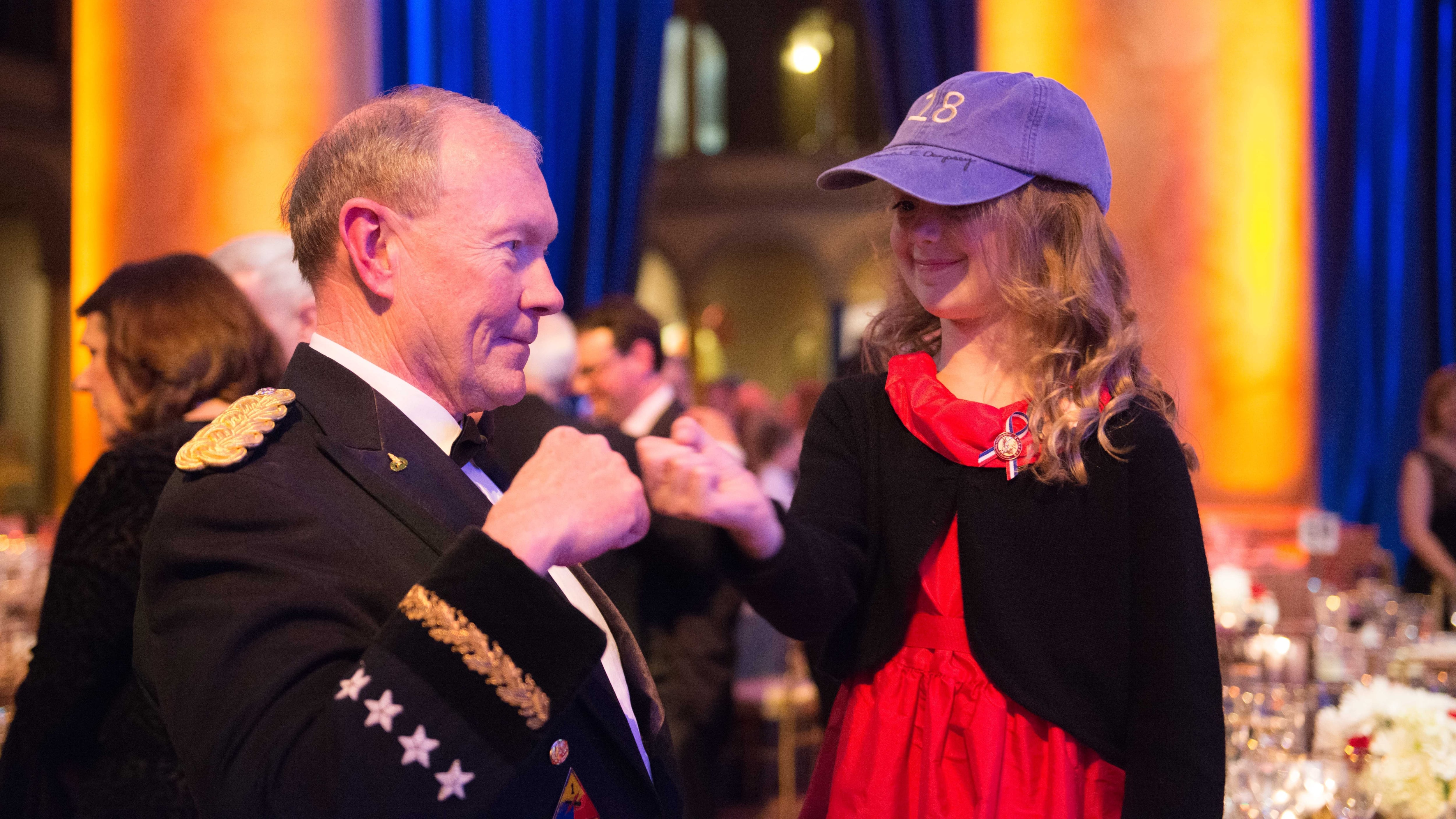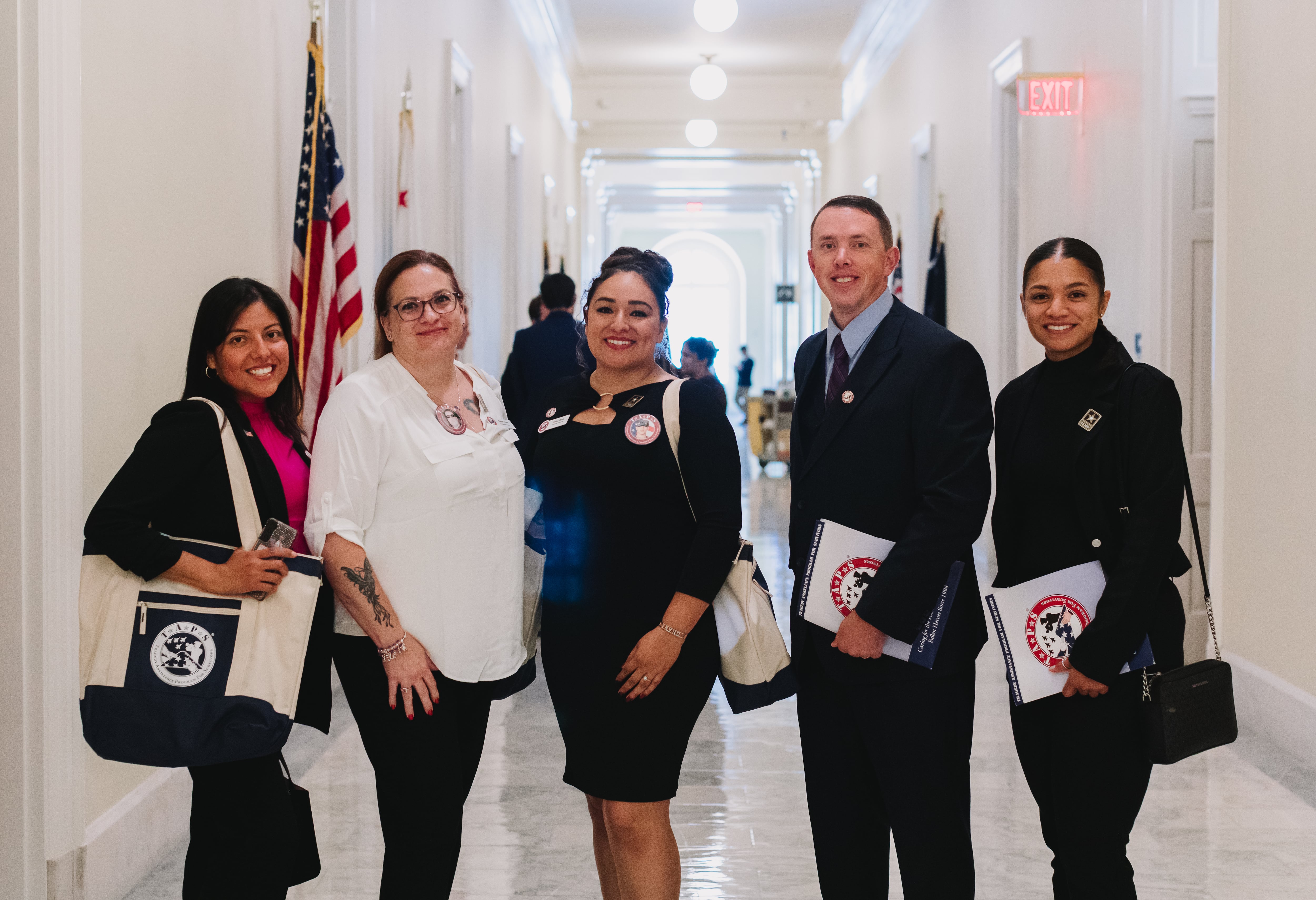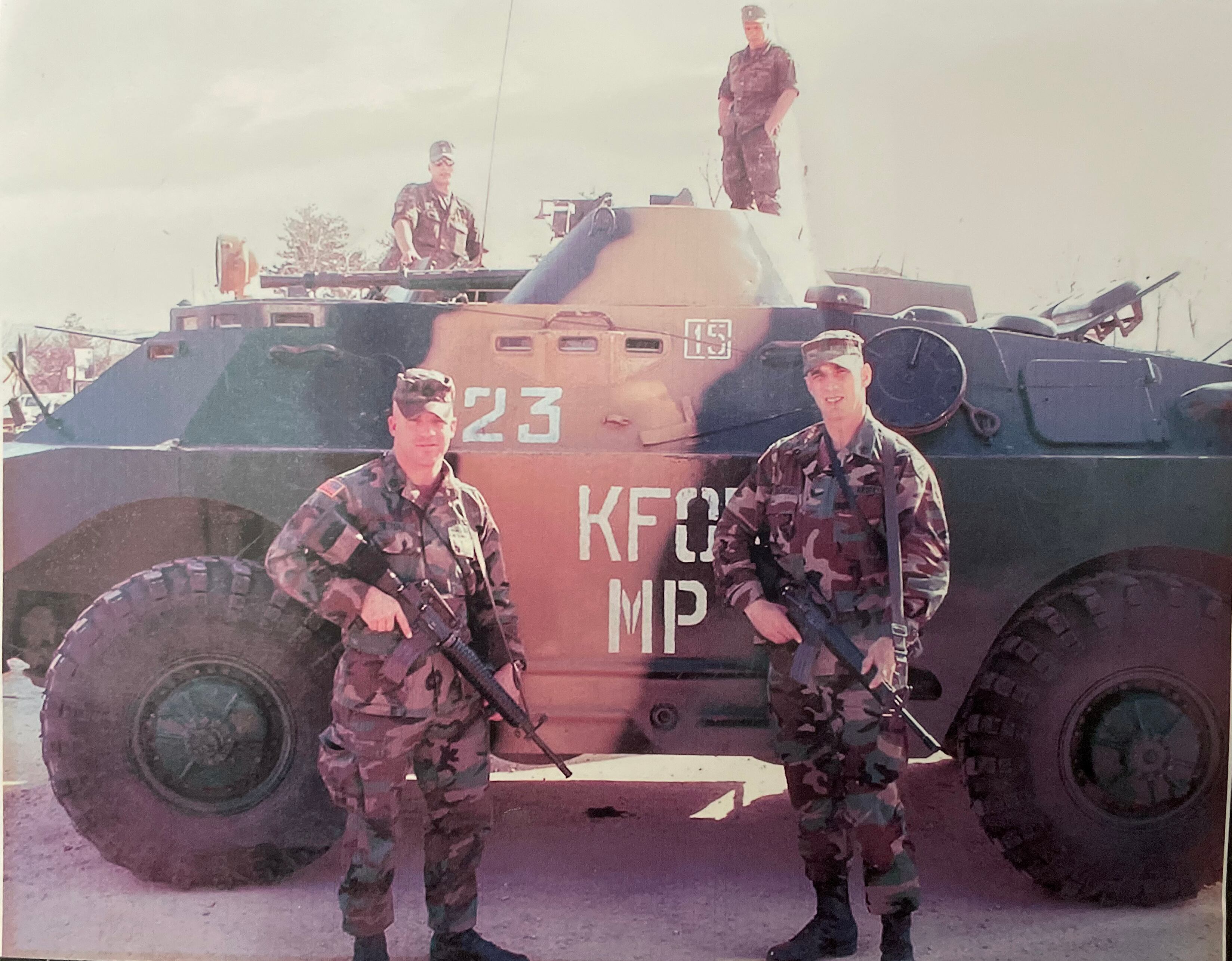On Jan. 30, 2024, Ashlynne Haycock-Lohmann opened her oral testimony before the House Committee on Veterans’ Affairs, “I am the Gold Star Daughter of United States Army Sergeant First Class Jeffrey Haycock, who died while training to deploy in 2002, and Air Force Veteran Nichole Haycock, who died by suicide in 2011. I personally understand how life-changing our VA benefits are to our surviving families.”
Ashlynne was 10 years old when her father died. The following month, over Memorial Day weekend, she found herself apprehensively attending her first Good Grief Camp alongside other surviving children. She later shared this camp was one of the best things that ever happened to her. “For the first time since my dad died…I was normal,” she recalls. From the atmosphere, mentors, and fellow campers, she returned home empowered to move forward with grief in one hand and gratitude in the other.

In the time between her first Good Grief Camp in 2002 and high school graduation in 2009, Ashlynne and her family were regulars at TAPS events. As a teen, Ashlynne jumped at the chance to mentor young Good Grief Campers. “It was the natural next step in healing,” Ashlynne shares, “passing on that support TAPS showed me the first time I walked into camp and every day since.”
Ashlynne carried forward her father’s legacy of service, and she learned by watching her mother, Nichole, that legislation impacting survivors needed critical attention. As Ashlynne shared in a 2019 op-ed for The Oklahoman, the “Dependency and Indemnity Compensation (DIC) benefits from the Department of Veterans Affairs of $1,200 per month [was] nowhere close to my dad’s salary…” To supplement this, Nichole was also eligible to receive Jeffrey’s retirement benefits and Survivor Benefit Plan (SBP). “Initially,” Ashlynne went on to write, “my mom was under the impression we would receive both the DIC and SBP payments, only to learn later that for every dollar we received in DIC, we [lost] a dollar in SBP.” This has long been referred to as the Widow’s Tax within the survivor community. Ashlynne’s mom was not about to leave this for the next family to deal with. She leaned in, learned, and advocated on Capitol Hill with Ashlynne in tow.
Walking the halls of the Capitol alongside her mom fighting for survivor benefits sparked Ashlynne’s love for policy and advocacy, which led her to pursue political science at American University in Washington, D.C. In school and at TAPS, Ashlynne thrived — balancing education and service, just as her father taught her.
But, in 2011, Ashlynne again faced a devastating loss when her mother died by suicide, and she was left to navigate adulthood, survivor benefits, and college expenses amid grief and on her own.
She was not alone, though. TAPS was in her corner, and with the organization’s help, Ashlynne graduated. She joined the TAPS staff after graduation and was committed to creating an education portal that simplified and streamlined federal, state, and private benefits for survivors seeking postsecondary education. Ashlynne’s creation, now referred to as TAPS Education Support Services, continues to assist surviving family members with education benefits today. In the last five years alone, it identified $1.6 billion in education funding for survivors.
Ashlynne now channels her dedication to the survivor community into advocating for survivor policy and benefits on Capitol Hill as the TAPS Deputy Director of Government and Legislative Affairs. She’s been an integral part of landmark legislation, including the passage of the Forever GI Bill, the ongoing appeal to pass the Love Lives On Act, and the accomplishment that makes her most proud, the legislation that sparked her interest in advocacy years ago — eliminating the Widow’s Tax. “It was a 20-year battle, and while my mom never got to see it through, I wanted to personally continue that fight in her memory,” Ashlynne shared.
From her early days as a Good Grief Camper to becoming a respected advocate for survivors on Capitol Hill, Ashlynne embodies the precious task of carrying forward her parents’ legacies — service, education, and advocacy. And, somewhere along the way, she began to weave a legacy for the survivor community that is all her own.
This article is adapted from “The Legacy Lives On,” originally published in TAPS Magazine. Read the full version at taps.org.





